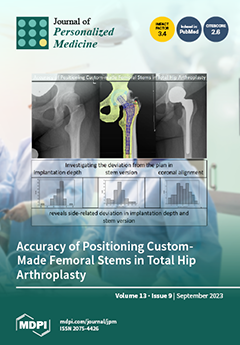Background: In previous studies, many imaging analyses have been conducted to explore the changes in the intervertebral disc degeneration (DD), facet joint osteoarthritis (FJOA), L4 inclination angle (L4IA), pelvis-related parameters, lumbar lordosis (LL), and paravertebral muscle (PVM) in the occurrence and development of degenerative spinal diseases via measuring the X-ray, CT, and MRI data of clinical patients. However, few studies have quantitatively investigated the pelvic parameters and the degree of spine degeneration in patients with degenerative lumbar spondylolisthesis (DLS) and isthmic lumbar spondylolisthesis (ILS). This study discusses the changes in the imaging parameters of DLS, ILS, and a control group; explores the correlation between different measurement parameters; and discusses their risk factors. Methods: We evaluated 164 patients with single L4-L5 grade 1 level degenerative lumbar spondylolisthesis (DLS group), 161 patients with single L4-L5 grade 1 level isthmic lumbar spondylolisthesis (ILS group), and 164 patients with non-specific back pain (control group). The grades of DD and FJOA as well as the percentage of the fat infiltration area (%FIA) of multifidus muscle (MM) at the L4-L5 level were measured via CT and MRI. Lumbar lordosis (LL), pelvic incidence (PI), pelvic tilt (PT), the L4 inclination angle (L4IA), and sacral slope (SS) were measured via X-ray film, and the differences among the DLS group, ILS group, and control group were analyzed. Furthermore, the risk factors related to the incidences of the DLS and ILS groups were discussed. Results: First, the pelvis-related parameters of DLS and ILS patients were 51.91 ± 12.23 and 53.28 ± 11.12, respectively, while those of the control group were 40.13 ± 8.72 (
p1 < 0.001,
p2 < 0.001). Lumbar lordosis (LL) in DLS patients (39.34 ± 8.57) was significantly lower than in the control group (44.40 ± 11.79,
p < 0.001). On the contrary, lumbar lordosis (LL) in the ILS group (55.16 ± 12.31) was significantly higher than in the control group (44.40 ± 11.79,
p < 0.001). Secondly, the three groups of patients were characterized by significant variations in the L4 inclination angle (L4IA), disc degeneration (DD), facet joint osteoarthritis (FJOA), pelvis-related parameters, and paravertebral muscle (PVM) (
p < 0.05). Finally, logistic regression suggests that the L4IA, FJOA, and PT may be risk factors for the occurrence of DLS, and the occurrence of ILS is correlated with the L4IA, FJOA, DD, PT, and LL. Conclusions: Compared with the control group, there are changes in pelvic parameters, the L4IA, LL, DD, FJOA, and PVM in DLS and ILS patients, and the degree is different. The parameters within the same group are related to each other, and DLS and ILS have different risk factors. The mechanical stability of the spine is affected by the parameter and angle changes, which may be of great significance for explaining the cause of spondylolisthesis, evaluating the health of the lumbar spine, and guiding the lifestyles of patients.
Full article






